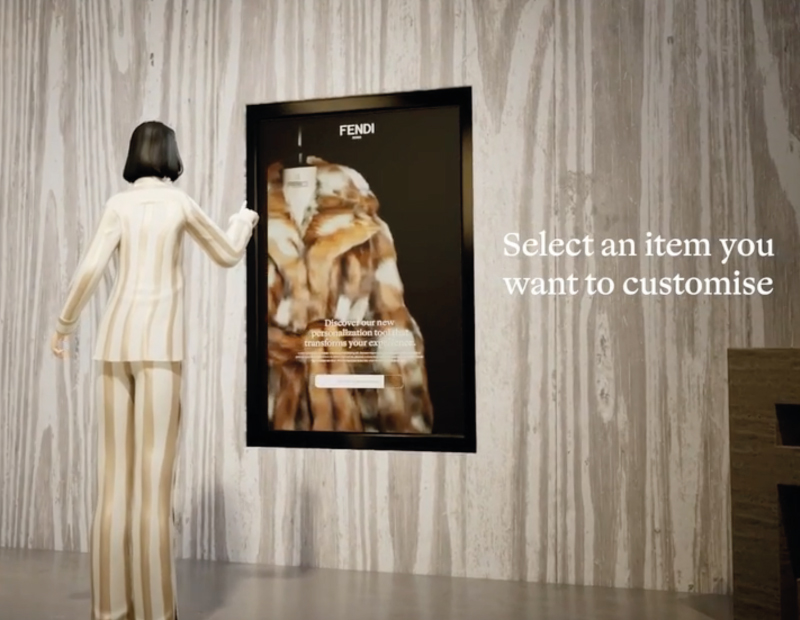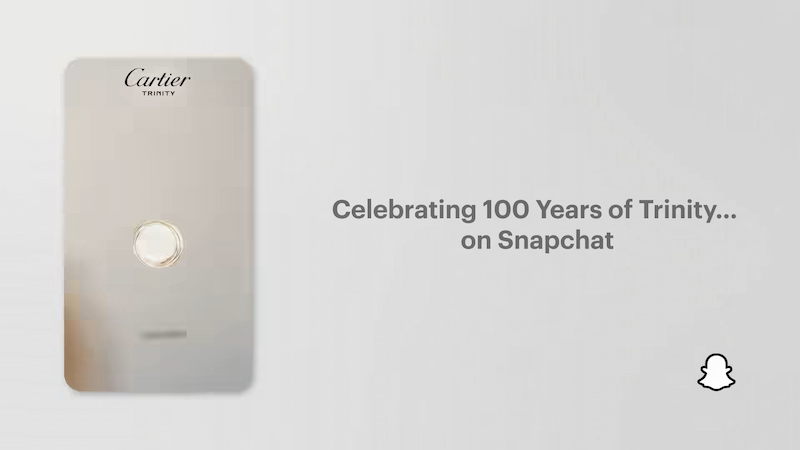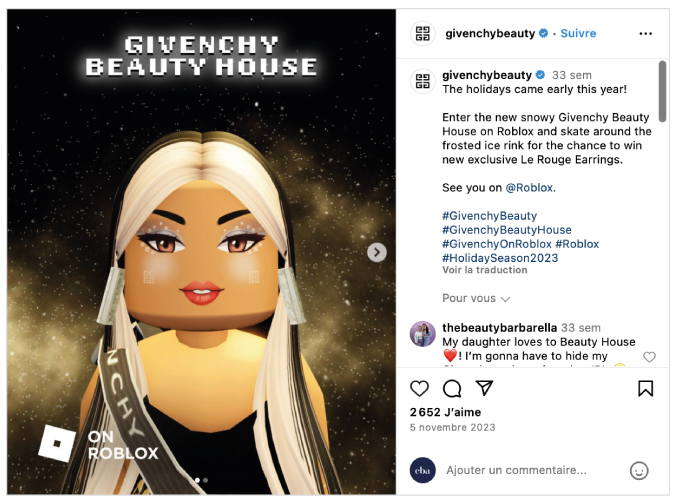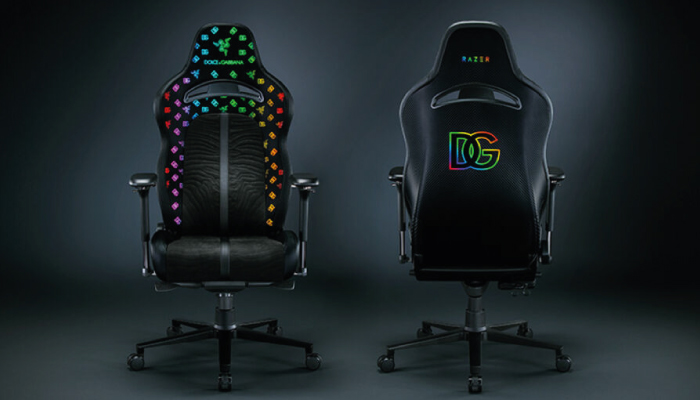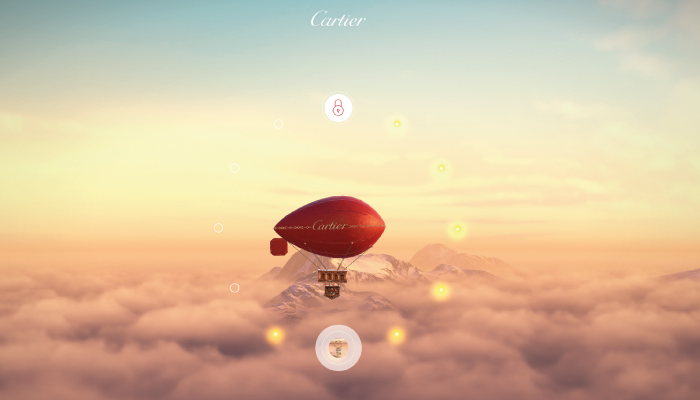Luxury brands face several design challenges that require them to balance their commitment to craftsmanship, aesthetics, and innovation with changing consumer preferences and market trends. One of the most significant challenges is maintaining exclusivity and uniqueness while also reaching broader audiences. To address this obstacle, luxury brands must find ways to create products that are exclusive and accessible, such as developing limited edition products or offering personalized customization options.
Another challenge is staying at the forefront of design and innovation while maintaining the brand heritage. Luxury brands must be mindful of the fact that their products often carry a rich history and cultural significance, which must be reflected in the design process. At the same time, they must also embrace emerging technologies and design practices to stay relevant and competitive.
Luxury brands face several design challenges that require them to balance their commitment to craftsmanship, aesthetics, and innovation with changing consumer preferences and market trends. One of the most significant challenges is maintaining exclusivity and uniqueness while also reaching broader audiences. To address this obstacle, luxury brands must find ways to create products that are both exclusive and accessible, such as developing limited edition products or offering personalized customization options.
Another challenge is staying at the forefront of design and innovation while maintaining the brand heritage. Luxury brands must be mindful of the fact that their products often carry a rich history and cultural significance, which must be reflected in the design process. At the same time, they must also embrace emerging technologies and design practices to stay relevant and competitive.
In a long-term partnership with the luxury group LVMH and video game/software developer Epic Games, Fendi, part of the LVMH group, creates a unique customer experience by introducing 3D technology into its boutiques for bespoke creations. Leveraging Epic Games‘ Unreal Engine 5 3D design solution, select boutiques will offer their clientele hyper-realistic previews of customized products on screens. This new service aims at ultra-personalization, optimizing consumer engagement and satisfaction by involving them directly in the creation process. This experience not only enhances customer relationships but also provides a privileged and memorable experience.
Credits: Fendi
In a long-term partnership with the luxury group LVMH and video game/software developer Epic Games, Fendi, part of the LVMH group, creates a unique customer experience by introducing 3D technology into its boutiques for bespoke creations. Leveraging Epic Games‘ Unreal Engine 5 3D design solution, select boutiques will offer their clientele hyper-realistic previews of customized products on screens. This new service aims at ultra-personalization, optimizing consumer engagement and satisfaction by involving them directly in the creation process. This experience not only enhances customer relationships but also provides a privileged and memorable experience.
Credits: Fendi
Credits: Fendi
In a long-term partnership with the luxury group LVMH and video game/software developer Epic Games, Fendi, part of the LVMH group, creates a unique customer experience by introducing 3D technology into its boutiques for bespoke creations. Leveraging Epic Games‘ Unreal Engine 5 3D design solution, select boutiques will offer their clientele hyper-realistic previews of customized products on screens. This new service aims at ultra-personalization, optimizing consumer engagement and satisfaction by involving them directly in the creation process. This experience not only enhances customer relationships but also provides a privileged and memorable experience.
Credits: Fendi
Augmented Reality (AR), with a market value expected to reach $88.4 billion by 2026, is a technology that allows designers to innovate by creating 3D models. This technology has the potential to revolutionize the shopping experience by offering personalized and engaging interactions, such as virtual product try-ons before making a purchase.
When fully utilized, retailers can harness AR to achieve business objectives. According to a Deloitte report, 71% of shoppers would likely shop more frequently when using AR-powered apps. Moreover, 40% of consumers are willing to pay more if they’re able to test a product in AR.
Augmented Reality (AR), with a market value expected to reach $88.4 billion by 2026, is a technology that allows designers to innovate by creating 3D models. This technology has the potential to revolutionize the shopping experience by offering personalized and engaging interactions, such as virtual product try-ons before making a purchase.
When fully utilized, retailers can harness AR to achieve business objectives. According to a Deloitte report, 71% of shoppers would likely shop more frequently when using AR-powered apps. Moreover, 40% of consumers are willing to pay more if they’re able to test a product in AR.
Credits: SnapInc
Cartier‘s collaboration with Snapchat exemplifies how a luxury brand can benefit from augmented reality technology to elevate customer engagement. Through this partnership, Cartier enabled the public to virtually try on their Trinity rings. The lens uses machine learning to accurately predict the 3D shape of each user’s hand, ensuring a personalized experience. Previously, the French luxury house had collaborated with Snapchat to create a similar experience around the Tank Française watch. These initiatives not only enhance the customer experience but also reinforce Cartier’s brand identity as a pioneer in luxury and innovation.
Credits: SnapInc
Cartier‘s collaboration with Snapchat exemplifies how a luxury brand can benefit from augmented reality technology to elevate customer engagement. Through this partnership, Cartier enabled the public to virtually try on their Trinity rings. The lens uses machine learning to accurately predict the 3D shape of each user’s hand, ensuring a personalized experience. Previously, the French luxury house had collaborated with Snapchat to create a similar experience around the Tank Française watch.
These initiatives not only enhance the customer experience but also reinforce Cartier’s brand identity as a pioneer in luxury and innovation.
Cartier’s collaboration with Snapchat exemplifies how a luxury brand can benefit from augmented reality technology to elevate customer engagement. Through this partnership, Cartier enabled the public to virtually try on their Trinity rings. The lens uses machine learning to accurately predict the 3D shape of each user’s hand, ensuring a personalized experience. Previously, the French luxury house had collaborated with Snapchat to create a similar experience around the Tank Française watch. These initiatives not only enhance the customer experience but also reinforce Cartier’s brand identity as a pioneer in luxury and innovation.
Credits: SnapInc
The metaverse, a rapidly growing virtual world, offers an immersive experience where individuals interact with people, products, and places through avatars. This digital realm includes virtual marketplaces where users can buy and sell goods, services, and experiences, providing brands with a unique platform to express their identities and craft differentiated experiences. Analysts project that the market for virtual luxury goods could soar to USD 50 billion by 2030, highlighting the vast potential of this virtual world.
For brands, the metaverse represents a new frontier to cultivate long-term customer relationships rather than focusing on short-term gains. Luxury brands can leverage this virtual world to offer experiences that transcend physical limitations, enhancing consumer loyalty and driving new revenue streams.
The metaverse, a rapidly growing virtual world, offers an immersive experience where individuals interact with people, products, and places through avatars. This digital realm includes virtual marketplaces where users can buy and sell goods, services, and experiences, providing brands a unique platform to express their identity and craft differentiated experiences. Analysts project that the market for virtual luxury goods could soar to USD 50 billion by 2030, highlighting the vast potential of this virtual world.
For brands, the metaverse represents a new frontier to cultivate long-term customer relationships rather than focusing on short-term gains. Luxury brands can leverage this virtual world to offer experiences that transcend physical limitations, enhancing consumer loyalty and driving new revenue streams.
The use of this tool by prestigious shopping centers like Printemps and iconic luxury brands such as Tiffany & Co., Gucci and Givenchy, illustrates its potential. For instance, Givenchy has embraced the metaverse by partnering with Roblox to create an interactive virtual world. This space features a dance floor, ice rink, and virtual makeup area where visitors can engage in challenges and win branded products. These brands utilize the metaverse to enhance customer experiences and engage their audiences in innovative ways, adapting to new buying patterns and showcasing the vast opportunities for growth and connection in this dynamic digital landscape.
Credits: Givenchy Beauty IG Account
The use of this tool by prestigious shopping centers like Printemps and iconic luxury brands such as Tiffany & Co., Gucci and Givenchy, illustrates its potential. For instance, Givenchy has embraced the metaverse by partnering with Roblox to create an interactive virtual world. This space features a dance floor, ice rink, and virtual makeup area where visitors can engage in challenges and win branded products.
These brands utilize the metaverse to enhance customer experiences and engage their audiences in innovative ways, adapting to new buying patterns and showcasing the vast opportunities for growth and connection in this dynamic digital landscape.
Credits: Givenchy Beauty IG Account
The use of this tool by prestigious shopping centers like Printemps and iconic luxury brands such as Tiffany & Co., Gucci and Givenchy, illustrates its potential. For instance, Givenchy has embraced the metaverse by partnering with Roblox to create an interactive virtual world. This space features a dance floor, ice rink, and virtual makeup area where visitors can engage in challenges and win branded products.
Credits: Givenchy Beauty IG Account
These brands utilize the metaverse to enhance customer experiences and engage their audiences in innovative ways, adapting to new buying patterns and showcasing the vast opportunities for growth and connection in this dynamic digital landscape.
The metaverse is neither the only nor the most popular tool for adopting the codes of the digital landscape. Gaming has become more than just a trend; it is now an integral part of consumer habits.
Today, gaming is the leading cultural industry. It is as much a part of our cultural references and heritage as music, comics, cinema, and so on.
– Marie Bories, Director of Research and Marketing, Webedia Group
The central place of gaming in daily life makes it essential for luxury brands to quickly integrate their codes to reach a young audience, which is expected to make 25 to 30% of luxury purchases by 2030.
A study conducted by Dynata for Webedia among a sample of 1,005 respondents aged 18 and over found that 66% of 18-34 year olds believe that integrating the gaming universe is a good idea for brands outside this universe. They see it as beneficial for making a product known (40%), recruiting new clients and/or rejuvenating a consumer base (35%), increasing sales (28%), and enhancing a product’s attractiveness (24%).
The expanding role of the gaming universe as a powerful medium is exemplified by the initiatives of numerous luxury brands such as Cartier, Burberry, Louis Vuitton, Hermès, Gucci, Dolce & Gabbana, and many more. For instance, Cartier introduced “The Fabulous Cartier Journey,” an interactive video game as part of its “The Fabulous Cartier House” end-of-year campaign, aimed at enhancing storytelling and engagement with its audience. On the other hand, Dolce & Gabbana collaborated with video game specialist Razer to create a collection of clothing and equipment dedicated to gaming, while Tiffany partnered with Pokémon to launch an exclusive collection of necklaces. These examples showcase the various ways in which luxury brands are tapping into the gaming universe to connect with younger audiences and adapt to current consumer habits.
The metaverse is neither the only nor the most popular tool for adopting the codes of the digital landscape. Gaming has become more than just a trend; it is now an integral part of consumer habits.
Today, gaming is the leading cultural industry. It is as much a part of our cultural references and heritage as music, comics, cinema, and so on
– Marie Bories, Director of Research and Marketing, Webedia Group
The central place of gaming in daily life makes it essential for luxury brands to quickly integrate their codes to reach a young audience, which is expected to make 25 to 30% of luxury purchases by 2030.
A study conducted by Dynata for Webedia among a sample of 1,005 respondents aged 18 and over found that 66% of 18-34 year olds believe that integrating the gaming universe is a good idea for brands outside this universe. They see it as beneficial for making a product known (40%), recruiting new clients and/or rejuvenating a consumer base (35%), increasing sales (28%), and enhancing a product’s attractiveness (24%).
The expanding role of the gaming universe as a powerful medium is exemplified by the initiatives of numerous luxury brands such as Cartier, Burberry, Louis Vuitton, Hermès, Gucci, Dolce & Gabbana, and many more. For instance, Cartier introduced “The Fabulous Cartier Journey“, an interactive video game as part of its “The Fabulous Cartier House” end-of-year campaign, aimed at enhancing storytelling and engagement with its audience. On the other hand, Dolce & Gabbana collaborated with video game specialist Razer to create a collection of clothing and equipment dedicated to gaming, while Tiffany partnered with Pokémon to launch an exclusive collection of necklaces. These examples showcase the various ways in which luxury brands are tapping into the gaming universe to connect with younger audiences and adapt to current consumer habits.
Credits: Razer
Credits: The Fabulous Cartier Journey
Credits: Razer and The Fabulous Cartier Journey
The new opportunities of design present new avenues for luxury brands to innovate and differentiate themselves in the market while maintaining their commitment to exclusivity, craftsmanship, and tradition. By leveraging these new technologies and practices, luxury brands can create personalized and immersive experiences that resonate with consumers and establish strong brand identities that stand the test of time.
The new opportunities of design present new avenues for luxury brands to innovate and differentiate themselves in the market while maintaining their commitment to exclusivity, craftsmanship, and tradition. By leveraging these new technologies and practices, luxury brands can create personalized and immersive experiences that resonate with consumers and establish a strong brand identity that stands the test of time.
Do you have a challenge, a project, something else, for which you need support?
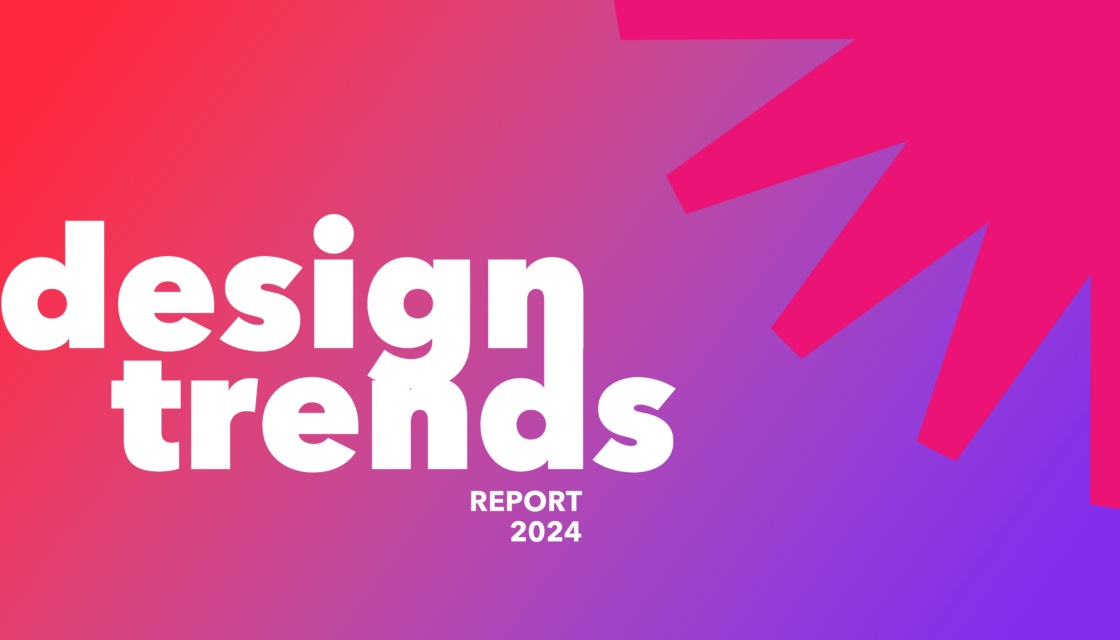
To discover more trends, download right now our 2024 Useful Design Trends report.

To discover more trends, download right now our 2024 Useful Design Trends report.

